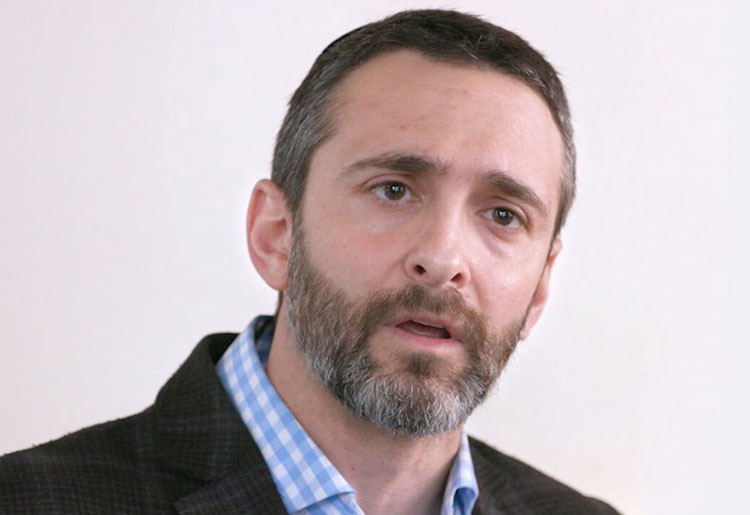
Success Does Not Mean Being the Best at Everything


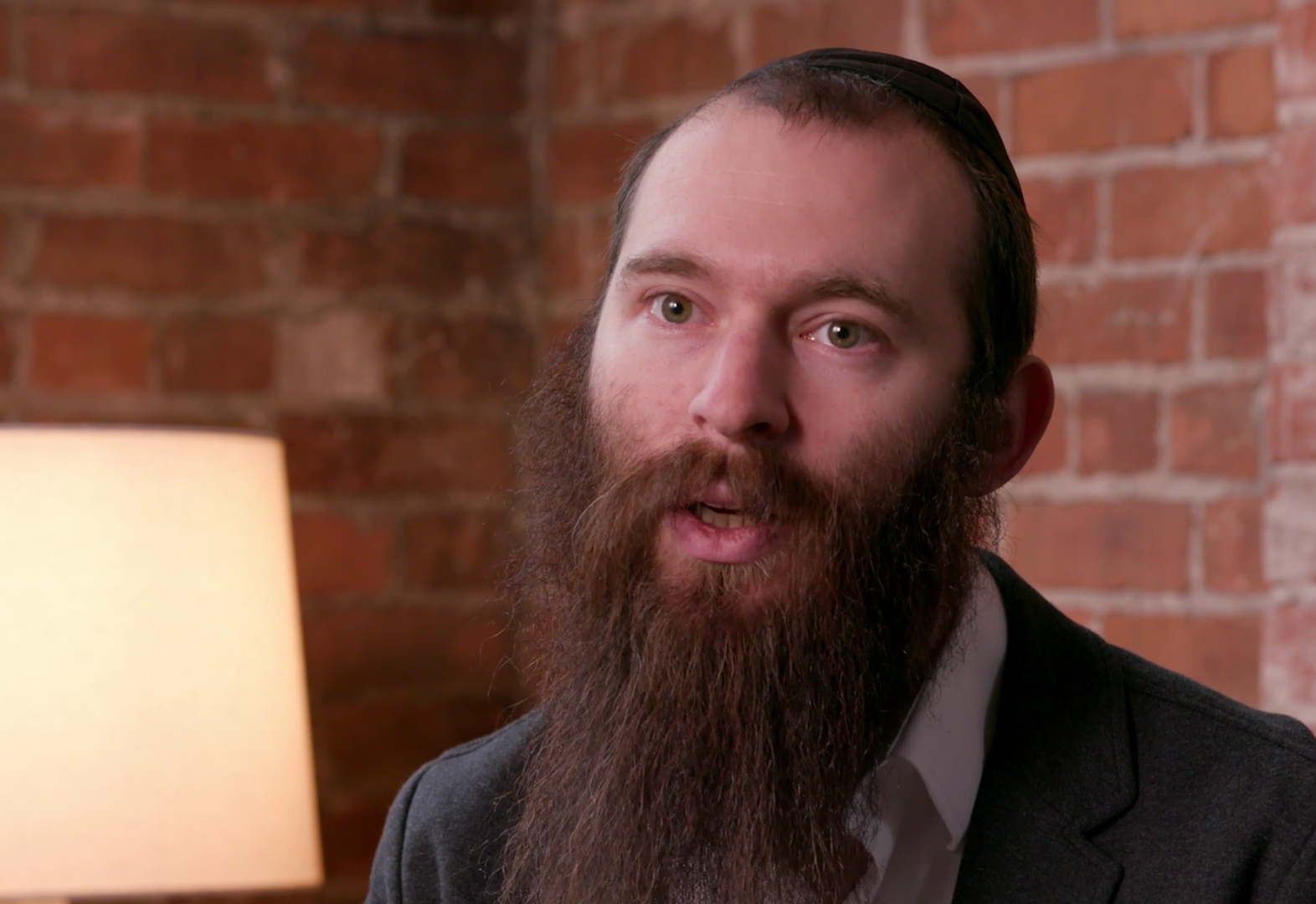
Like a sharp turn or intersection up ahead, there are signs before suicide. And like a vigilant passenger, anyone can spot the signs when someone in their life is veering toward suicide and help them find the brakes.
Rabbi Yarden Blumstein from the Friendship Circle in West Bloomfield, Michigan educates young people to look for those signs and empower them to intervene.
Suicide and its sociology existed long before social media, but Blumstein has seen its unprecedented effect on young people. Social media can be a liability for teens considering suicide — and an asset for spotting the signs.
“Society is about perfection. We read on social media who got into which schools and who accomplished what,” Blumstein describes. “But we don’t read on social media who failed, who didn’t get in, and how that worked out. We’re constantly feeding ourselves this perfect world that doesn’t exist. Young people are pressed to perform and succeed always.”
On the flip side of the pressure teens experience through social media, there are the signs that their friends and classmates can spot.
“Especially for teens, where they are so inter-connected in each other’s lives, when someone isolates and drops out of a group chat or someone stops performing socially, everyone else just kind of continues moving at that same social pace. But with some very basic tools, teens can change that pattern and learn to help someone who may be isolated.”
Blumstein teaches safeTALK, a simple yet powerful suicide prevention training that is taught in 20 countries around the world. The suicide-prevention philosophy behind LivingWorks is that “saving lives from suicide is possible because most people with thoughts of suicide don’t want to die — what they want is to escape from the pain in their lives. We know that most people thinking about suicide would choose life and try to work through their difficulties if only they could get help from someone with the right knowledge and skills.”
In a three-hour training, Blumstein teachers participants as young as 15 to gain safeTALK context and the confidence to:
Unlike app-based socializing, however, preventing suicide requires something that many may find unfamiliar and uncomfortable: asking directly.
“The number one way to know if someone is contemplating suicide,” says Blumenstein,“is to ask them directly — are they thinking about suicide? Studies show that 96% of the time a person is going to answer honestly if they are thinking about suicide. So if someone’s not sure, they shouldn’t beat around the bush, they should ask directly. ‘Are you thinking about killing yourself? Are you thinking about suicide?’”
There are typically signs and there are always resources — the National Suicide Prevention Hotline, 911, jHelp — and yet there’s the reality that years often pass between the onset of mental illness and treatment, if any.
The difference between contemplating suicide and dying by suicide may be the person willing to recognize those signs and relay those resources. As Rabbi Blumstein teaches, any one of us has the potential to keep someone from skidding over the edge and help them turn onto the road to wellness.
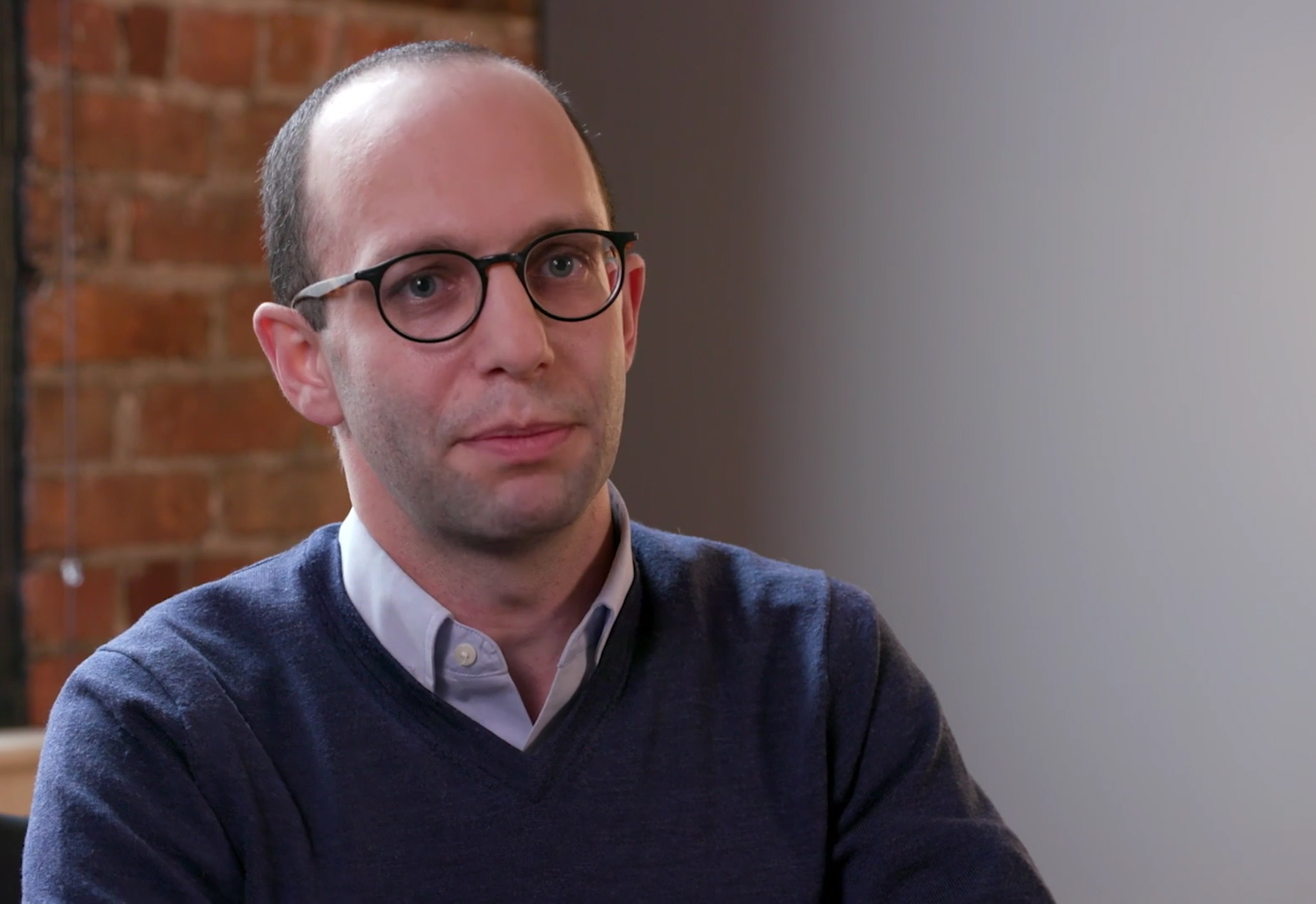
The generations that first encountered the Internet as adults came to understand this radical new technology as the “information superhighway,” a medium to dial up content worldwide.
For today’s teens and young adults, rather than a vehicle traveling at unprecedented speeds, their experience is more akin to the proverbial fish that doesn’t realize it’s in water. The digital world may feel indigenous to 6th graders who were born the same year as the iPhone, but, for all its benefits, technology is an invasive species — evolving faster than we can understand its effects on adolescent minds and ecosystems.
Dr. Jeremy Baruch, from the Michigan Medicine Department of Psychiatry, sees correlation, and has a message of caution and compassion:
“We know that with young people today rates of anxiety, rates of depression are rising. We don’t know exactly why that is, but we see that going along with the rise in social media — people becoming more engaged with their technologies than people.”
Social media has upended the notion of social in a few short years — the difference between friends and “friends,” followers and “followers.” The same app that can serve as entrée to a more diverse and expansive world can lead to withdrawal from those around you.
However distant that digital world may seem, anxiety-inducing questions — “Who am I? What’s my place in the world? Do people love me? Will I be accepted?” — can manifest themselves in real life and in real time.
For people looking forward to their 10th or 20th or 50th high school reunion, Facebook can be an invaluable way to stay in touch with old friends and reflect on good times. Navigating high school along a steady stream of status updates, news-feed fodder, snaps and tweets, however, makes for a funhouse mirror whose distortions may start to seem like reality:
“A lot of young people feel like they have to be perfect, not a lot of room for error. Sometimes the goal is to win a sports championship; other times it could be to get into college and get certain grades. When people are trying to live up to a certain standard, they can become very critical of themselves.”
In this new medium — where selfies skew, “likes” drip like dopamine and bullies can transcend the schoolyard — feelings of self-doubt that might have been normal and nominal can swirl and spiral.
Dr. Baruch’s prescription begins with self-compassion: “loving oneself, accepting oneself with all of one’s deficiencies and challenges.”
Psychiatry can offer critical help for people when “what they’re feeling is causing distress or some impairment in their life.” But everyone can benefit from practicing mindfulness regarding their screen time (less is more), exercise (the more, the merrier) and engaging with people (face to face).
For Dr. Baruch, the key is to resist preoccupying and polishing the identity we project to the world and rather that “the more that young people — and all of us — are really genuine and say what we mean and are vulnerable, the richer our lives will be and the more success we’ll ultimately have.”
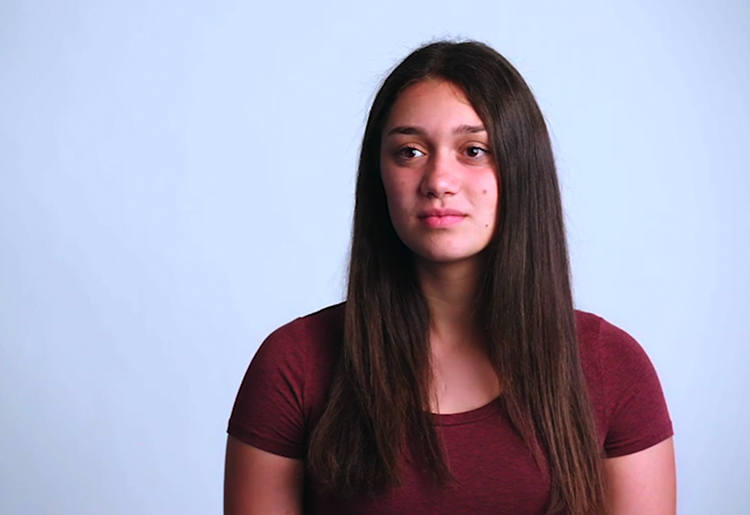
Like the date on a wall calendar with a big circle around it, Jamie’s Bat Mitzvah came — with much preparation and fanfare — and went. But the anxiety that had been building alongside the anticipation persisted.
“We kept waiting to see how she would respond after the Bat Mitzvah, we couldn’t tell if that was a part of this nervousness in affecting her socially, in affecting her behaviors,” her dad Lee recalled.
Jamie had experienced anxiety her whole life and coped such that few would have suspected it, let alone suggested treatment. But in the summer prior to 8th grade, at an age when her symptoms were hardest to untangle from her surroundings, Jamie started to spiral.
Her mom Robin thought, “She grew up, she seemed a little more mature. She was real conscious of what she was eating and wanting to exercise. But very quickly we realized that Jamie was sort of obsessing.”
The confluence of Jamie’s anxiety and anorexia made them difficult to diagnose. But her problem wasn’t unique. Or even unusual: Anorexia is the third most common chronic disease among young people and two-thirds of people with an eating disorder also suffer from an anxiety disorder.
By Jewish tradition, Jamie had become an adult. Yet even with caring “adult adults” all around her, the journey to treatment and wellness took all of her resilience and all their support.
First, there was a sprint toward some kind of solution, recognizing that Jamie had a problem and reaching out in every direction to gain actionable insight and information.
Then, they encountered friction and fatigue. As Robin recalls, “During a lot of that time, Jamie really felt like she didn’t have a problem, we were the problem, these doctors were the problem. We questioned all the time if we were doing the right thing, and often thought we weren’t.”
Ultimately, the best course of action was not the course of least resistance – not the dietician and eating plan, not the weekly visit to the local therapist. “She just needed more help,” and it was a plane ride away at a comprehensive in-patient program.
The scramble and slog have turned into a steady stride. Now in her senior year, Jamie is thriving – she is “rockstar” in Robin’s unbiased assessment. As Lee describes it, “Strength in life is addressing and responding and we’re very proud of how our daughter has done both.”
Jamie has some advice to share, even if she can’t make the calendar go in reverse back to her Bat Mitzvah: “I definitely wish that my younger self knew that I wasn’t alone and that there were people I could reach out to.”
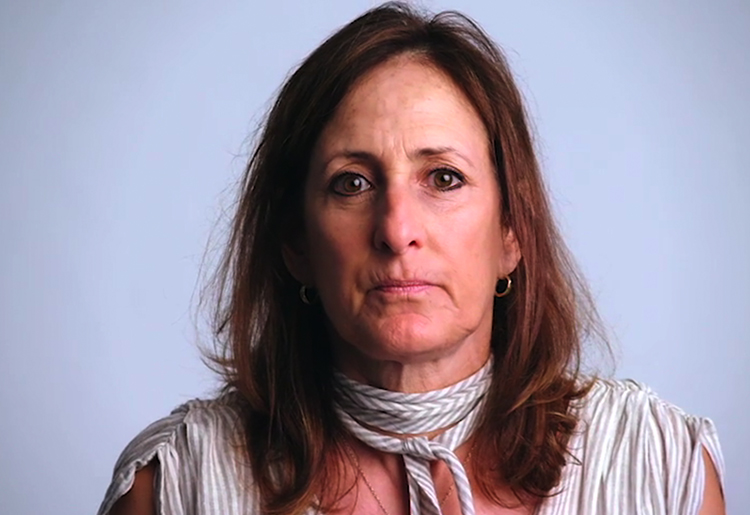
They say a mother knows. That intuition — nurturing and nourishing — can beat most any medical attention when kids are young. Then they leave the nest.
Heading off to college is one of life’s great milestones — the culmination of hard work, creative visualization and aspiration. For George Orley, the University of Michigan promised new experiences, enduring relationships and boundless opportunities.
College can also be a stumbling block that belies the smiling faces and beautiful backdrops of school brochures. The flip side of the independence college offers can be the absence of the family and familiarity that supported adolescent development and, in some cases, masked or mitigated mental health issues.
George had already been off to school, home for the holidays and back when he worked up the courage to tell his mom that he had attempted suicide in those first weeks at school.
Suicide does not discriminate. While college access can often be skewed by a family’s socioeconomic status, it does not hedge against the imbalances in brain chemistry that can cause, among other things, bipolar disorder.
George’s mom Diane did not know that her son was struggling. She knew what she learned from his psychologist and psychiatrist and what she could see when he was home after taking a medical leave from school — mania and depression, along with the side effects of the drugs they prescribed.
Recovering from hip surgery, George channeled his energy into the creation of a nonprofit organization to support vulnerable communities in Detroit. But he could not overcome his own vulnerability and shut down the nonprofit the same day he died by suicide.
A mother knows that even if she can’t save her child, she may be able to save someone else’s. Diane’s efforts and the work of the George Orley Mental Wellness Initiative have touched countless lives, including George’s siblings.
As she describes it, “Our daughter never considered becoming a doctor until her brother died. She realized through medicine, she can have maximum impact on taking care of people and being an advocate for those who cannot stand up for themselves. She’s using her voice to lobby politicians for policy reform and her training to demystify mental illness. Our son Sam has worked to grow WSN — the Wolverine Support Network, a student peer-to-peer mental health support group.”
In spite of the pain that led to George’s death, family and friends remember him as the consummate people person.
Diane’s pain persists years later, but serving others is a salve for her and a legacy for him: “I feel a little more at peace but will forever feel the same about the loss. We’ve helped people directly and indirectly and that’s been cathartic for us.”
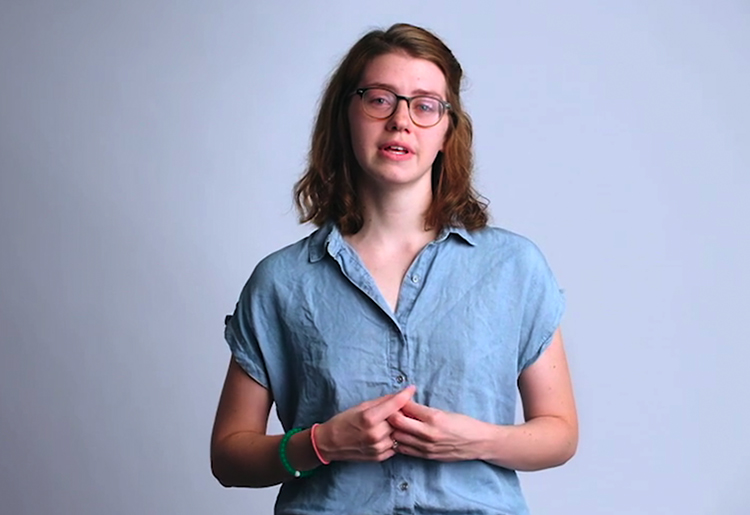
Audrey is a warrior.
Audrey has always been a warrior.
A warrior has a sword and a shield.
As a teen, Audrey reached first for her shield for protection. She was protecting those around her from suspecting she was anything other than the “happy go lucky” girl they had always known and loved.
And she was protecting herself. Not from the depression that set in when she was in high school, but from the risk that being depressed — and being known to be depressed — would cause her to be a disappointment to her community.
Then Audrey reached for the sword. Cutting is a coping mechanism that may seem counterintuitive for anyone, least of all “smiley, happy, personable” Audrey. But self-harm affects millions of Americans, and 90% of people who develop a habit of deliberately injuring themselves begin as teenagers or earlier.
As Audrey describes it, “At that time, there were many different angles, like family, school, myself. I didn’t want anyone to know anything was wrong with me. You feel like you’re to blame for most of the bad things that are happening in your life. In the end, how can you not take it out on yourself?”
Cutting was “an easy way out” for Audrey when something triggered her anxiety — a simple, momentary relief from the complex emotional pain she was experiencing. And a compelling alternative to lowering her shield.
Eventually, she had the courage to reach out to her boyfriend. Like a warrior, she made that difficult decision out of an external concern for others — “I am hurting people around me” — rather than an initial interest in addressing her own individual and internal needs.
He got her family involved and she was able to pursue the treatment she needed, disabused of the notion that she had to sacrifice her own health and happiness to protect others from her depression.
At first, Audrey saw a psychologist and a psychiatrist. For many of the 20% of teens living with a mental health condition, therapy allows them to tell their stories, put their difficult experiences into words, and learn important coping skills.
With treatment and with time, Audrey has found that the song is mightier than the sword. At moments when she feels anxious or depressed and doesn’t have someone to talk it out with, she immerses herself in music. Sitting still and focusing her emotional energy on that song keeps her from spiraling.
Before she sought help, Audrey had a specific narrative in her head: that vulnerability was weakness, that she was on her own, that she had to put on a brave face or her suffering would somehow betray the very people who cared about her.
Now she knows better:
“I was able to stop cutting and to learn my triggers to know it’s not my fault. And when I do feel all this rush of emotion, even though I know it’s an easy way out, if I just fight through it, then I feel like an even bigger warrior after.”
Recent Comments